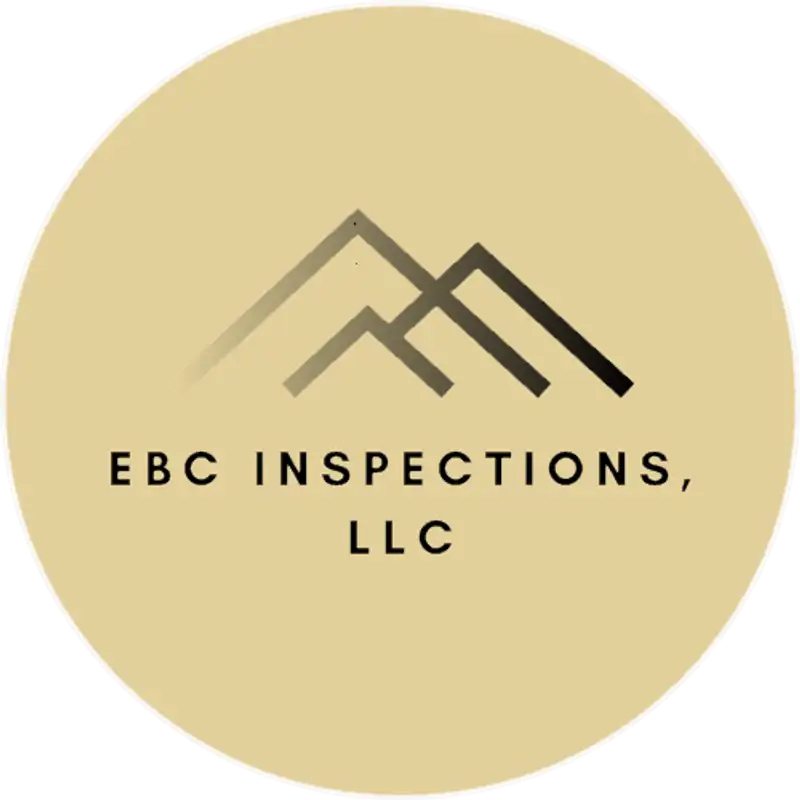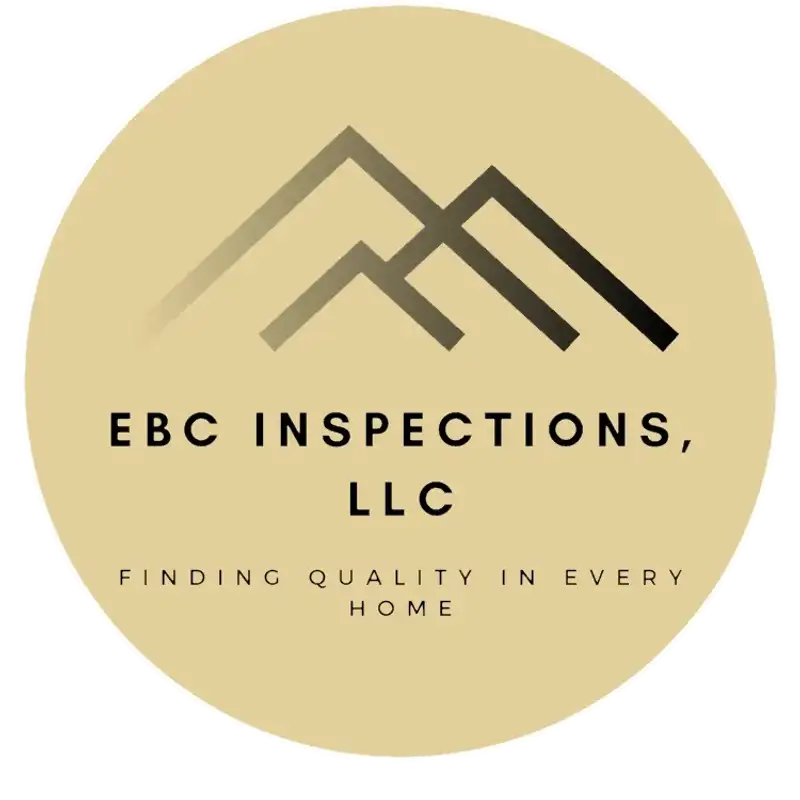Spring Basement Maintenance and Checks
Spring Maintenance – Basement Check
[Intro Music]
(Host) Spring Fun! My next topic will focus on the basement. I’ll begin by describing why the windows and doors should be inspected, then what to look for and do. Hello and welcome to EBC Home Hints, the podcast dedicated to making your home a safer place, one episode at a time. I'm your host, Paul Rochette, and today we're diving into the world of doing a visual inspection of your basement spaces.
(Host) I would like to take this opportunity to discuss the basement. Sometimes smelly (Pee Ewe sound effect) dark, damp; other times clean finished walls. As a home inspector, what would you think we would rather inspect, a completed basement, or unfished? Hopefully you selected the unfinished basement. Wait, what? The home is a living breathing structure, always changing and can be moody. If I can see the foundation walls, ceiling and floors, then I can see movement and any changes. Here is a sad part of being a home inspector. When a basement is fully completed, we are more limited to what we can do. We cannot move dropped ceiling tiles, boxes, carpeting, wood, or tiles. We rely on other things, like smells, dampness, staining on the floor, ceiling or walls. Still, contrary to belief, we cannot see into, or behind walls. As an example, infrared cameras, are not an x-ray. Rather only identifies differences in heat and cold. Sometimes we see moisture, as it is usually cold. This is still limited to the depth of the wall. Other times we can see bugs moving in the wall. We may see a unified, oddly shaped blob, perhaps it’s moving. I am not slamming the technology, but they have their uses and x-rays are not one of them.
(Host) Whether the basement is finished, or unfinished, we have areas you can look. Using all your senses, the first is smell. Musty, dirty and perhaps moldy smells are something we all have smelled at one time or another. If you smell, something, walk around, is it stronger in one area? If yes, locate that area and if the walls are unfinished, do you see a white or grey, powdery, crystalline material on the inside of the wall? If yes, this is called efflorescence. First, this can be from a few things happening. Not a mold, but caused by water seeping through porous materials, like concrete. Even high humidity can cause this effect. This is a non-harmful deposit of salt, either from the soil, or cement. The concern is, this means moisture, or water is passing through the walls, from the outside. So, this would be one of those signs I was referring to. Certainly, depending on how bad this is, it is an indication you have an issue.
Where could it be coming from? Before I get there, let me point out who the culprits typically are. Is the efflorescence close to, or under an eave’s downspout? Do you have standing water close to the foundation? Do you have soil covering the brick, or siding material by the foundation of the home? Do your downspouts run water, at least 4 feet from your foundation? Does your yard unnaturally slope towards the foundation? You can see a lot of items can be the culprit, perhaps several of them. Another area is your downspouts, do they enter a pipe in the ground, or run across the yard? Before moving on, when your basement is finished, with sheet rock walls. Look at the outer walls for staining, indicating moisture concerns. Mud tape unnaturally peeling, bubbling, and blistering paint. Damp floors between the floor and walls. Worse case, you can hear dripping or gurgling sounds. Using senses like smell, eyes, and hands are all your tools. Walk around the home’s foundation outside. Look for wall cracking over a quarter of an inch in size, or larger. These areas should also be checked when performing your spring check.
(Host) Alright, you basically understand the areas to look. First, look at your downspouts in that area. If you have a line in the ground, for the downspout, is it attached to the inground line? I have found when connectors are either missing or damaged, water sits against the foundation. If yours runs along the ground, does it deposit water along the foundation, and not out into the yard. If you have issues here, fix this first and see what happens. Another easy check is your basements humidity. You can purchase a hygrometer that can give some good details. Does not have to be expensive but should have good reviews and give accurate readings. A free test, but not as scientific, is an ice cube test. Get a glass filled with water and a few ice cubes. Allow it to sit for a few minutes. If condensation forms on the outside of the glass, this can be from high humidity. Then perhaps get an inexpensive device to validate it. In the spring, humidity should be within 30 and 50 percent. Below 30 percent can cause structural changes as materials change as they dry out. Over 50 percent and you should have help from a dehumidifier. Catching this early can save you a lot of potential damage down the road. All the other repairs could be more costly. So, with everything I have said, do the basic and obvious items before assuming its your foundation wall leaking. Trust me when I say, if you tried the easy items and had no results, get a professional to evaluate.
(Host) When checking the outer foundation basement walls, do they lean in? A simple string can be run along a suspect wall. Any wall the leans can indicate movement of the fill dirt around the foundation, perhaps even a lack of it. A leaning wall, depending on how it is leaning, can also indicate damage to footers, below the walls. If the wall is out, at least a quarter of an inch over a span of 32 inches horizontally, or a half inch within any eight-foot vertical measurement, have this inspected. Over three inches and intervention may be needed. Now let’s look for rodents, roaches, bugs of all types. Moisture draws them into
the home. When you see them, are they concentrated in a particular area? Check that area for openings to the outside, or presence of moisture. Please look, but don’t touch. (Alarm Sound Effect) Look for receptacle outlets for bare wires, no face plates, or junction boxes with openings. These should be corrected, to prevent physical harm, or potential fire hazard. With that said, if you have a mixture of old knob and tube wiring, this should be checked by a professional. I have inspected many homes with a mixture. The homeowners tell me the knob and tube were bypassed and is not active. Nine out of ten times, I find that to be false. For those unfamiliar, knob and tube were the earliest methods of wiring. Ungrounded, the system had two wires both covered in cloth loom material. On the attic ceiling there would be glass, or ceramic knobs, that the wires ran through. The issues for today are they are not grounded. Meaning when you plug something in, you potentially can get shocked. The loom covering also deteriorates, exposing the live wires. If anything touches the wires, like metal, insulation, or other objects, this can cause a fire. When I said nine out of ten homes with knob and tube wiring still had electrified wires. If it were me, I would have a professional check all connectors for power or have them removed.
(Host) If your basement is heated and cooled, make sure all vents are clear of debris and open. This will help filter the air. Other areas certainly can be checked but will need to cover those in another episode. I really hope this helps you understand what you’re looking for to protect your investment.
[Closing Music]
1. (Encourage Listeners)
Host: "Thank you for tuning into EBC Home Hints! If you found today's episode helpful, please like and subscribe. If you want to stay updated with more tips and insights, I encourage you to visit our website at EBCInspections.com. Don't forget to follow us on social media like Apple Podcast, Spotify, Overcast, Pocket Casts, YouTube, Castro, Goodpods, Castbox, podcast addict, Facebook, Instagram, Player FM and Amazon Music for the latest updates, resources, and community discussions. Join me online and be part of our growing community dedicated to informed and empowered homeownership!"

